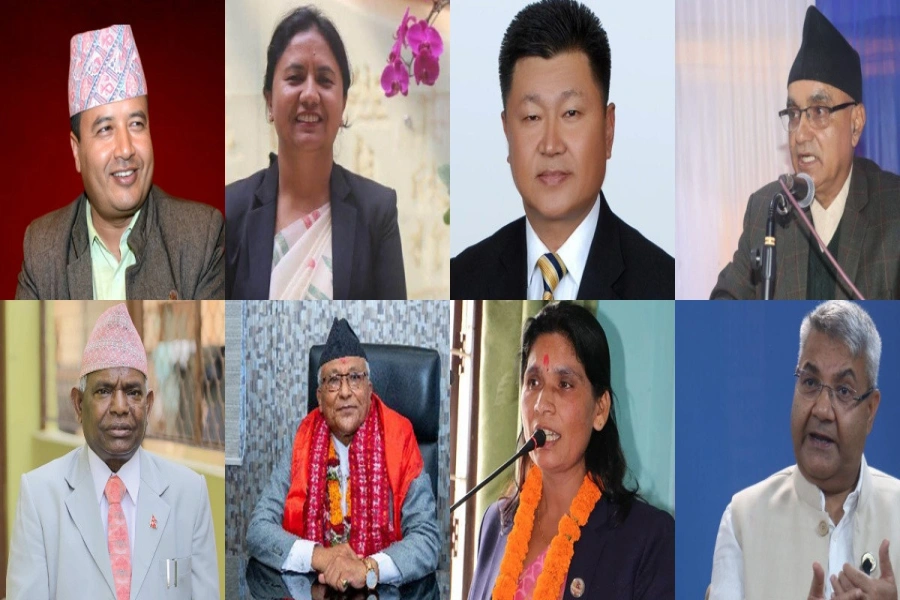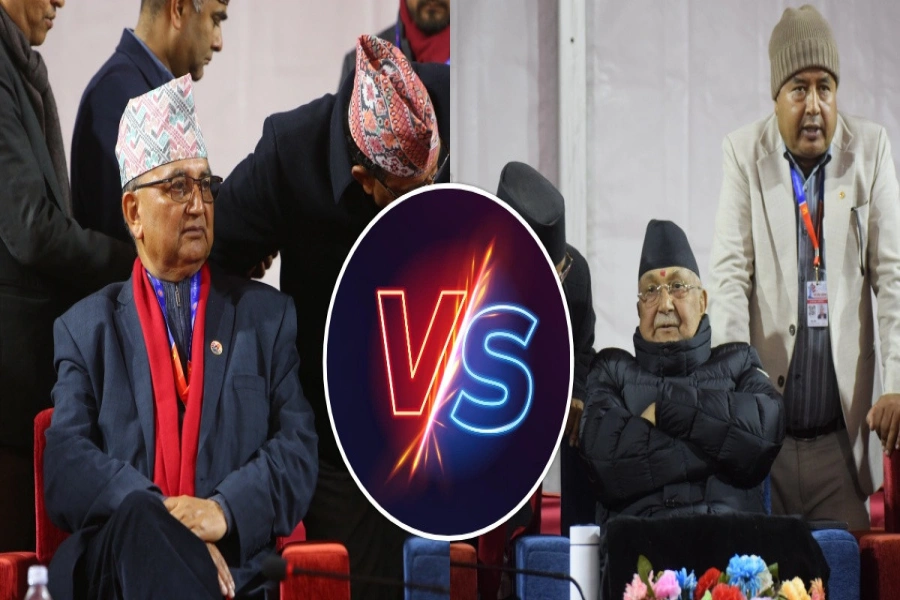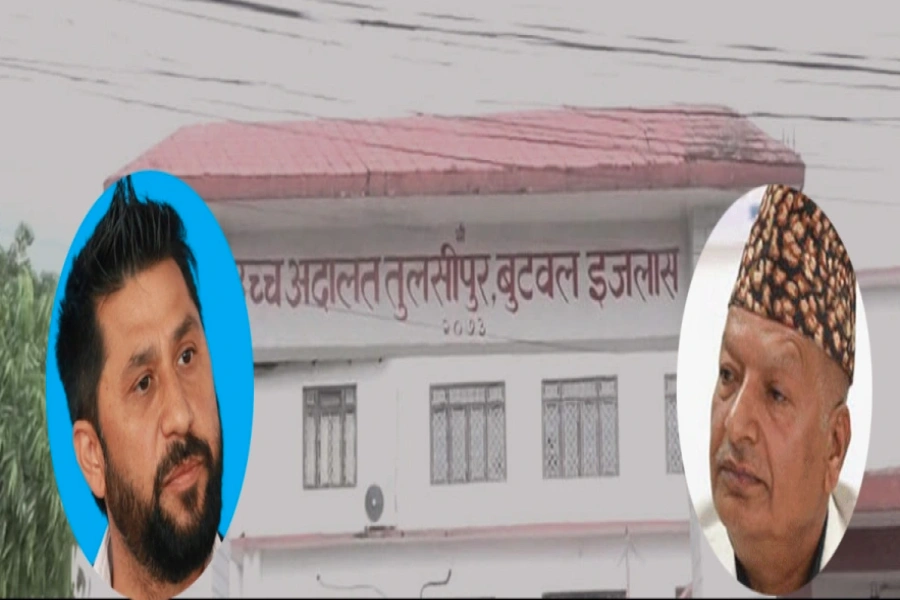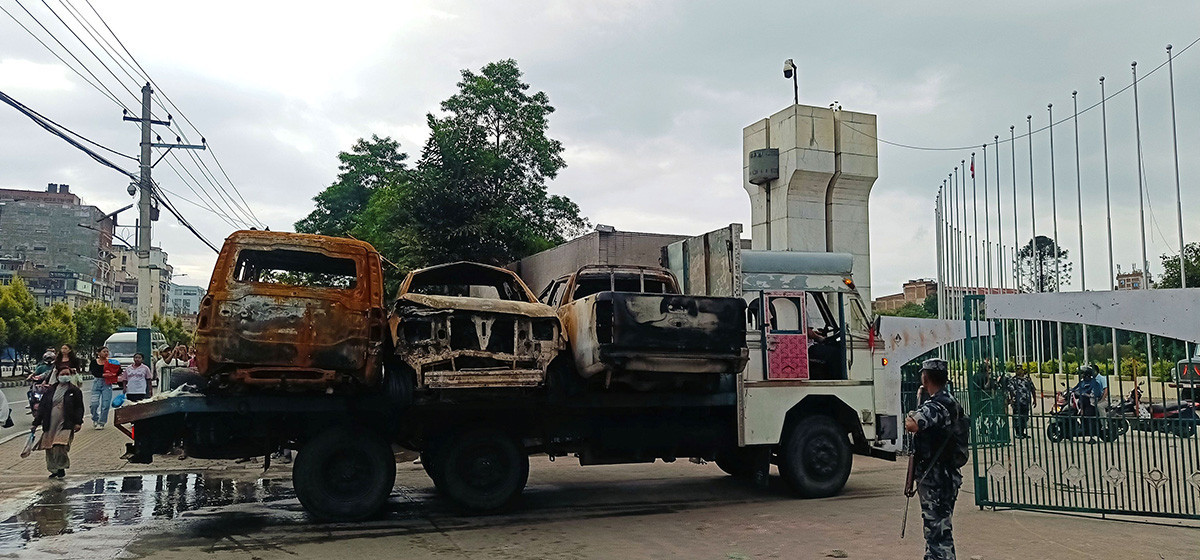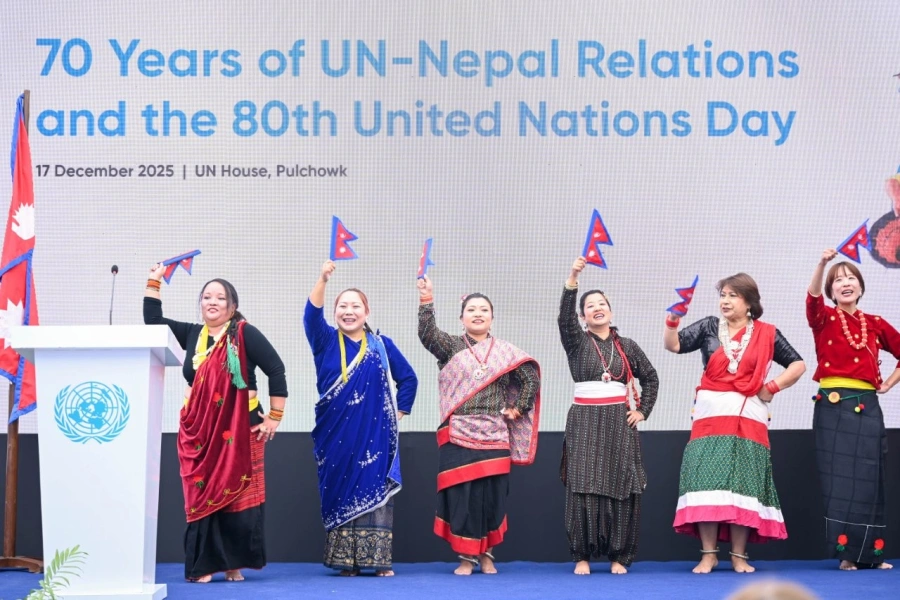“It is also believed that Lord Ram fought Ravana for nine days and achieved victory on the tenth day,” says Dr. Mukunda Raj Aryal, Professor of Nepali History and Culture. [break]
Because Durga is the Goddess of Shakti (female power), she is also revered as the symbol of destructive power.

“Durga symbolizes energy, which is what we need to survive,” adds Aryal. Durga’s nine incarnations are worshipped by devotees on the nine days of Navratri.
Cultural expert Tejeshwor Babu Gwong, along with Aryal, list the nine forms of Shakti. Their names however might differ for there has always been “a difference in opinions of people,” points out Aryal.
Shailaputri
“The Navratri (nine nights) festival begins with the worship of Durga in the form of Shailaputri,” informs Aryal.
Shaila means mountain and Putri means daughter. Durga is considered to be the daughter of the Himalaya.
“People visit the Brahmayani Temple on this day. It’s not mandatory that people must go to one specific Brahmayani temple but can visit any nearby temple dedicated to the particular goddess. And this applies to other temples as well,” says Gwong.

Brahmacharini
The second day is devoted to the worship of Durga as Brahmacharini. Here, Brahma means penance, and Charini is the one performing it.
The meaning of Brahmacharini, therefore, is the one who performs penance. According to Hindu mythology, Narad Muni advised her to perform the penance to get Lord Shiva as her husband, and she did accordingly. The Maheshwori Temple is the place of worship on this day, says Gwong.
Chandraghanta
Chandraghanta is the form of Durga who is worshipped on the third day of the Navratri.
“She derives her name from the half circular moon she carries on her forehead,” informs Aryal. Her body is golden and she has three eyes. She holds weapons in her ten hands and is seated on a lion. Gwong informs that the Maha Laxmi Temple is visited by devotees on this day.

Kushmanda
“Kushmanda refers to kubindo or sweet gourd,” puts in Aryal. This fourth avatar of Durga is believed to love sweet gourd, and hence received the name. It is also believed that she is the creator of the universe. Her image has eight hands, holding seven different weapons, and a Hindu rosary (prayer beads). The temple of Bhadrakali is the place of worship on this day.
Skanda Mata
The Skanda Mata is the fifth form of Durga.
“She holds Skanda, the war god, in her hands who is believed to be her son,” informs the professor, adding, “This is where she receives her name from.” White in color, she has four hands and three eyes, and is seated on a lotus.
“Goddess Mahakali is worshipped at temples on this day,” says Gwong.
Katyayani
Worshipped on the sixth day is Katyayani. She is the daughter of Rishi Katyayan who observed a penance to acquire supreme power in the form of his daughter. She has three eyes and eight hands, and is seated on a lion. The experts inform that people pay homage at the Barahi Temple on this day.
Kaalratri
The seventh day of Nava Durga is the Maha Saptami. Hindus worship a horrifying image of Durga as Kaalratri on the day.
“Here, Kaal means death and Ratri means night,” explains Aryal. Kaalratri is believed to be as black as the night. She stands on a dead body holding a sword in her right hand and a burning torch in the left. Devotees vistit the Chamunda Temple on this day.

Maha Gauri
Maha Gauri is the fair form of Durga, and is worshipped on the eighth day. Maha means great and Gaur means white. It is believed that Lord Shiva brought the Ganga River to clean her after she got covered with dust during penance. After the wash, she became as bright as lightning. All parts of her body, clothes, ornaments, and even the bull she rides on are therefore white. The Indrayani Temple is the place of worship on the eighth day, according to Gwong.
Siddhidatri
The ninth day is devoted to the worship of Siddhidatri and the temples of Tripura Sundari are visited on this final day, outlines Gwong.
Siddhi stands for attainment, and Datri for giver. According to the Devi Puran, eight ultimate Siddhis are achieved by her worship. Anima, Mahima, Garima, Laghima, Prapti, Prakamya, Iishitva, and Vashitva are said to be the rewards of worshiping the ninth form of Durga as Siddhidatri. Lord Shiva obtained the same Siddhis by worshiping Maha Shakti Siddhidatri.
President Bhandari performs nava kanya puja
(1)_20221004151257.jpg)






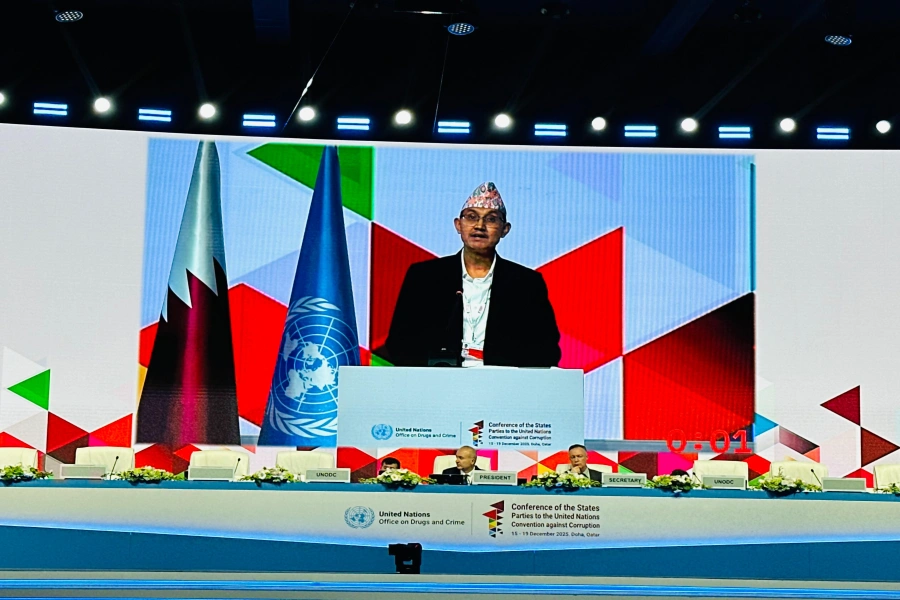
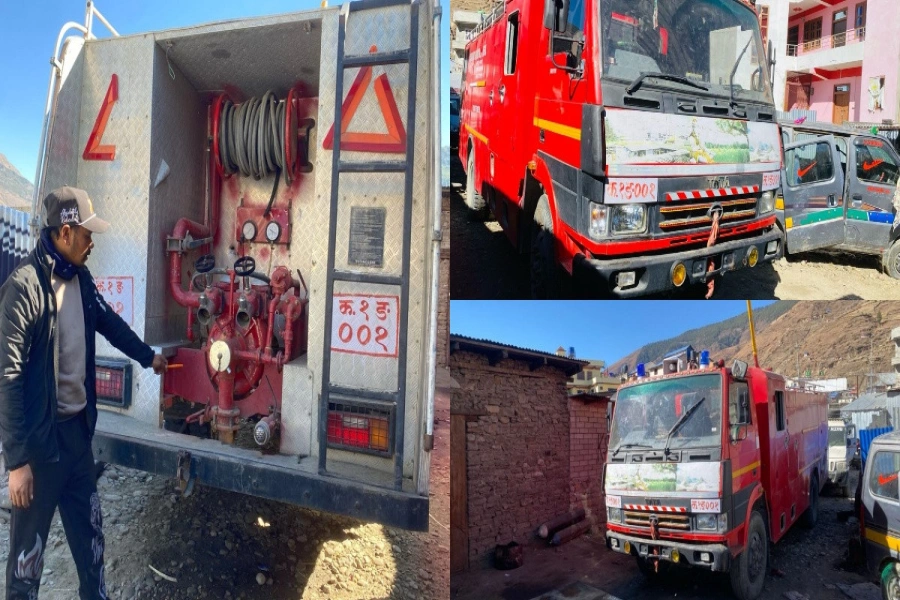


_20200211065424.jpg)







